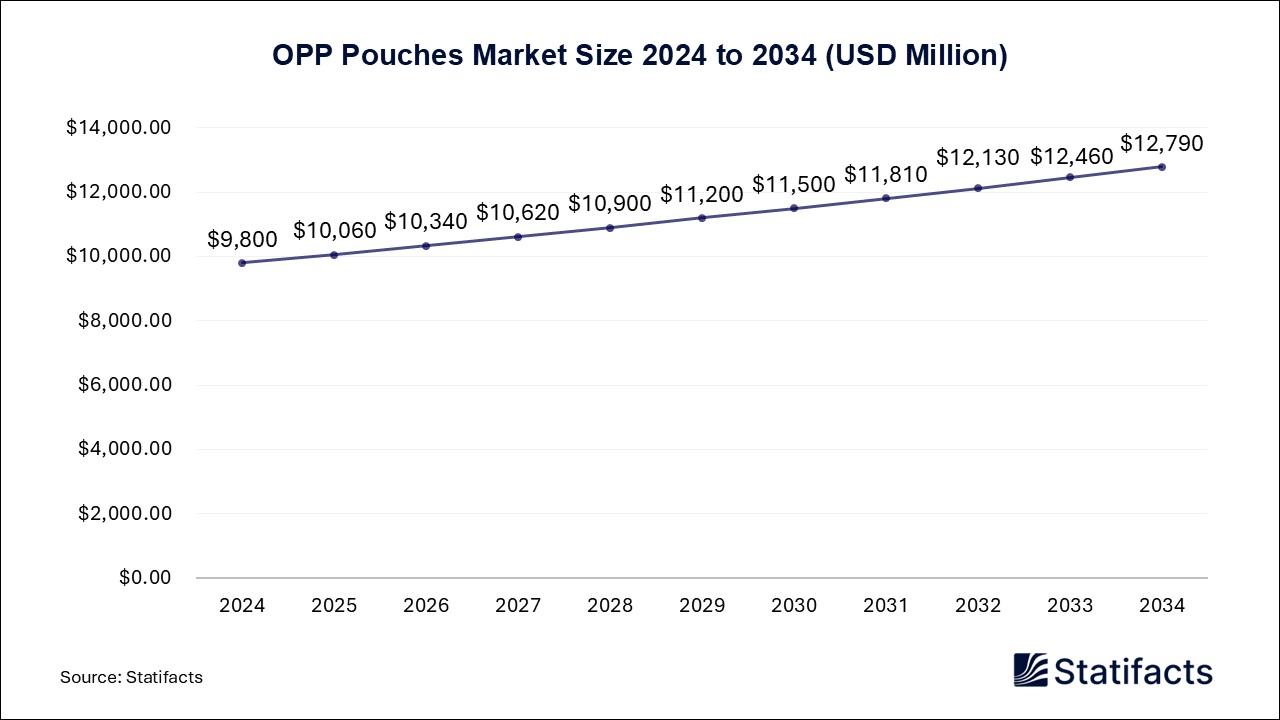

Our customers work more efficiently and benefit from
The global stem cell therapy market size was evaluated at USD 458 million in 2024 and is expected to grow around USD 4,352 million by 2034, registering a CAGR of 25.25% from 2025 to 2034.
| Industry Worth | Details |
| Market Size in 2025 | USD 574 Million |
| Market Size by 2034 | USD 4,352 Million |
| Market Growth Rate from 2025 to 2034 | CAGR of 25.25% |
The stem cell therapy market is driven by research that utilizes the one-off properties of stem cells involving renewing themselves and a divergence method where they can turn into other cells. Stem cell therapy or stem cell treatment makes use of these regenerative and restorative proficiencies of stem cells to cure or deal with diseases and wounds. By restoring damaged cells and tissues and replacing them with the healthful cells is how stem cell therapy works. Mesenchymal Stem Cells (MSCs) are dominantly used in treating a wide array of diseases. Some medical conditions, including leukemia, spinal muscular atrophy, and traumatic brain injury, were treated using stem cell therapies.
There have been groundbreaking technological advancements in the stem cell therapy market. The research and development in this area have led to innovations like 3D tissue models. The 3D tissue models are more capable of mirroring complicated tissues or organ structural design. Due to this, from basic research to drug screening, the three-dimensional tissue models are acquiring significance. The new models are sprouting where cells and proteins are being combined to gain a better understanding of how different organs and tissues work. Imaging techniques enable the examination of the live-cell form and structure and another cell nucleus within the cells from 3D tissue models.
Fluorescence Loss in Photobleaching (FLIP), Fluorescence localization after photobleaching (FLAP), Fluorescence Resonance Energy Transfer (FRET), Fluorescence Lifetime Imaging Microscopy (FLIM), Phosphorescence Lifetime Imaging Microscopy (PLIM), and Micro-Computerized Tomography (MCT) are some of the standard advanced imaging techniques used to analyze 3D tissue models.
The government's initiatives in the healthcare sector are largely driving the growth of the stem cell therapy market. The medications, including injections and therapies, require a lot of research day in and day out. The need for investment in stem cell therapies is taken care of by the authorities. Also, the growth in the requirement of therapies for treatment of acute medical conditions and technological advancements are attracting businesses to invest in the market.
Now that Artificial Intelligence (AI) has been introduced to the stem cell therapy market, dealing with severe restrictions and enhancing the results of therapy is expected to become much simpler. The combination of AI techniques, such as deep learning and data synthesis, with regenerative medicine can change the way of treating acute diseases and disorders. While providing cell therapy, maximum optimization of cell creations like mesenchymal stem cells (MSCs) can be used to foresee how they work through AI.
Due to the capability of AI to provide precision and security of treatments to a greater extent, examining data related to genes to adapt inherent material is thinkable, hence aiding in gene therapy. In addition, AI encourages advanced microscopy procedures involving super-resolution imaging techniques like Transmission Electron Microscopy (TEM), which are used at a higher resolution and are advantageous for analyzing cell materials. Due to the aforementioned factors, AI is poised to grow in the future, pushing the market ahead.
The stem cell therapy market is experiencing challenges with regard to coming to grips with the immense costs involved in the stem cell therapy process, which needs an infrastructure and leading-edge technologies. The nature of these technologies is not cost-effective. The authority approvals and profit-oriented approaches thus do not seem to work as the treatment cost is huge. The treatment available for the therapy can be personalized, yet it is high-priced. The studies and experiments conducted for further research have a near to the ground level of fulfilment. Additionally, a variety of stem cells are utilized in diverse amounts. The higher the quality of these cells, the greater the price they demand. The market, thus might face a downfall until cost-efficient solutions are found.
The experimental trials are on the rise, which may lead to the development of effective healthcare procedures in the coming years. The trials involving assorted stem-cell types such as hematopoietic stem cells (HSCs), skin stem cells (SSCs), neural stem cells (NSCs), totipotent stem cells, induced pluripotent stem cells (iPSCs), and embryonic stem cells (ESCs), are being worked on at present. These tryouts have a target to ascertain whether or not the stem-cell therapies are beneficial enough to lessen the signs and symptoms of several disorders and injuries.
Research is being performed concerning neurological diseases, cardiovascular medical conditions, and hematological malignancies to determine how the regenerative properties of stem cells can be utilized to formulate treatments and medicines. As a consequence of these clinical trials, the growth prospects in the stem cell therapy market look promising.
For any questions about this dataset or to discuss customization options, please write to us at sales@statifacts.com
| Stats ID: | 8156 |
| Format: | Databook |
| Published: | April 2025 |
| Delivery: | Immediate |
| Price | US$ 1550 |


| Stats ID: | 8156 |
| Format: | Databook |
| Published: | April 2025 |
| Delivery: | Immediate |
| Price | US$ 1550 |

You will receive an email from our Business Development Manager. Please be sure to check your SPAM/JUNK folder too.

Unlock unlimited access to all exclusive market research reports, empowering your business.
Get industry insights at the most affordable plan
Stay ahead of the competition with comprehensive, actionable intelligence at your fingertips!
Learn More Download
Download
